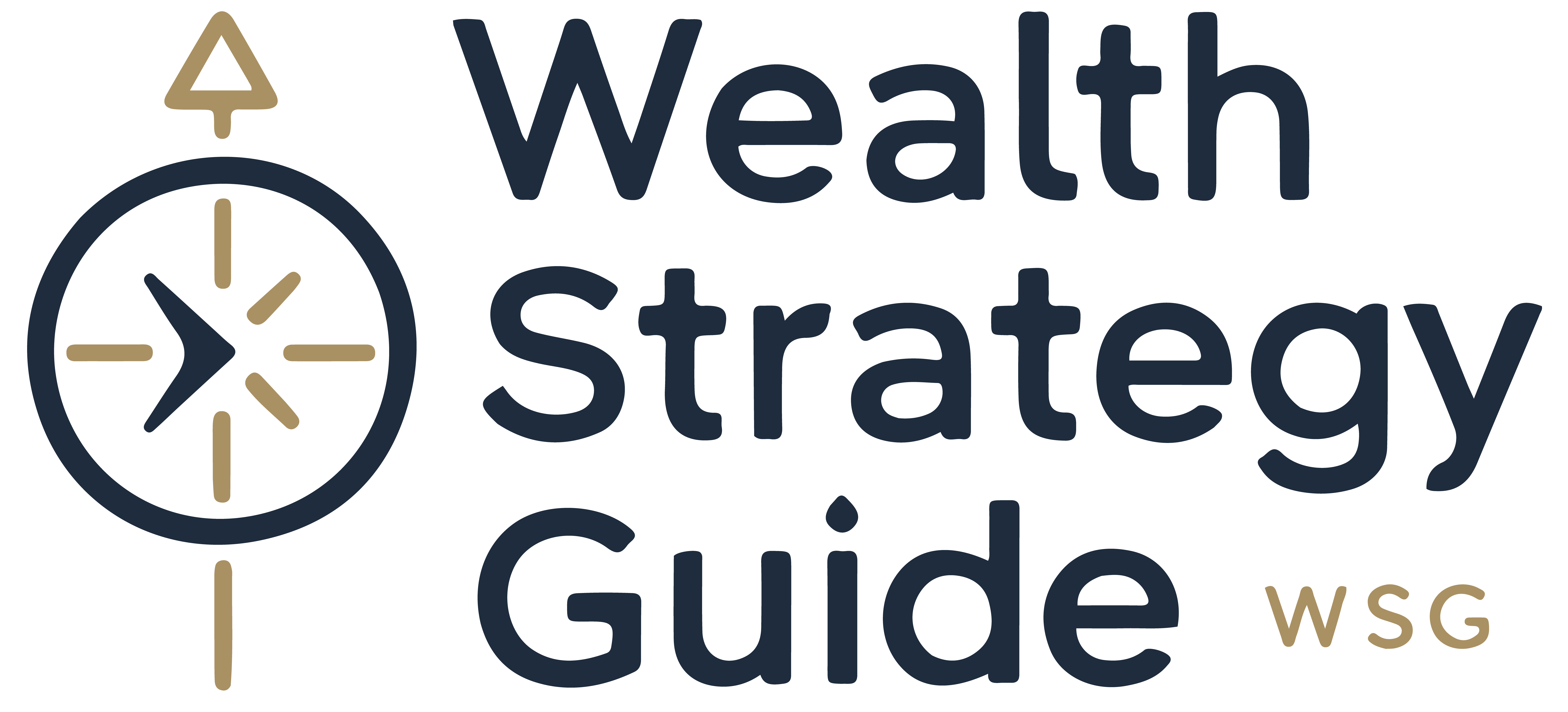Crushing your debt and becoming debt-free in just 12 months may seem like an impossible dream, but with discipline, strategic planning, and the right mindset, it can become a reality. Our step-by-step guide will show you how to take control of your finances and break free from the burden of debt.
The first step to achieving this goal is to confront your debt head-on. Gather all your information: credit card statements, loan documents, mortgage or rental agreements, and any other financial commitments. Create a spreadsheet detailing the creditor, the total amount owed, minimum monthly payments, and interest rates. This will give you a clear picture of your debt and help you strategize your repayment plan.
Next, it’s crucial to develop a budget and stick to it. Analyze your spending habits and identify areas where you can cut back. Fixed expenses like rent, transportation, and utility bills are necessary, but discretionary spending on entertainment, dining out, or subscriptions can be reduced or eliminated temporarily. Every dollar saved is a dollar that can go towards paying off your debt.
Prioritizing your debt repayment is crucial. Focus on clearing debts with the highest interest rates first. These high-interest debts are costly and will save you money in the long run if tackled quickly. Consider transferring high-interest credit card balances to a new card with a promotional 0% APR on balance transfers. This will give you breathing room to pay down the principal without accruing additional interest.
Additionally, look for opportunities to increase your income. Taking on a side hustle or freelance work can provide extra funds to put toward debt repayment. Sell unwanted items online, rent out a room in your home, or offer your skills and services to others. Every little bit adds up and contributes to your financial freedom.
As you execute your plan, maintain motivation by setting short-term goals and rewarding yourself for reaching milestones. Celebrating small victories will keep you focused and enthusiastic about your progress. Share your goals with a supportive friend or family member who can encourage you and hold you accountable.
Remember, becoming debt-free is not just about the numbers; it’s also about changing your mindset and developing a healthier relationship with money. Educate yourself about personal finance, learn from your past financial mistakes, and strive to build a more secure future. Financial freedom is within reach, and with each month of dedicated effort, you’ll be one step closer to achieving it.
Now, let’s dive into the specific actions you can take each month to make significant progress:
Month 1: Start by creating your debt repayment plan. Gather all your debt information and create a detailed spreadsheet. This will be your roadmap to becoming debt-free. Set a realistic monthly budget that reduces discretionary spending without making your life miserable. A budget is crucial to ensure your extra funds go towards debt repayment.
Month 2: Focus on your highest-interest credit card debt. Create a strategy to pay off this debt as quickly as possible. If you can transfer the balance to a 0% APR card, do so, but continue to pay the same amount each month to clear the principal faster.
Month 3: Tackle another high-interest debt. This could be another credit card or a personal loan. Use the debt avalanche method, where you focus on paying off debts with the highest interest first. Continue to stick to your budget and find extra funds to accelerate repayment.
Month 4: Review your progress and celebrate your achievements. By this point, you should have made a significant dent in your debt. Assess your budget to see if there are further areas to cut back and redirect those funds towards debt repayment.
Month 5: Start paying down your student loans if you have any. If not, focus on any remaining personal loans or outstanding balances on 0% APR credit cards. Continue chipping away with consistent payments, and remember that your hard work is building a more secure financial future.
Month 6: Re-evaluate your budget and progress at the halfway point. Ensure your spending aligns with your goals, and make adjustments as necessary. If you’ve received a tax refund, bonus, or any other windfall, use this to accelerate your debt repayment.
Month 7: Focus on any remaining credit card debt. By now, you should have made significant progress, and the end is in sight. Keep up the momentum and consider increasing your income with a side hustle if you haven’t already.
Month 8: At this stage, you should be well on your way to becoming debt-free. Continue making the minimum payments on all your debts and put any extra funds towards the principal balance of the debt with the highest interest rate.
Month 9: If you have a car loan, work on paying it off. If not, focus on your student loans or any other remaining debts. The light at the end of the tunnel is getting brighter, and your financial freedom is almost within reach.
Month 10: Review and celebrate your progress. You’ve likely paid off several debts by now and should have a more manageable financial situation. Continue to be diligent with your budget and look for opportunities to save or earn more.
Month 11: In the penultimate month, work on paying off the last few debts. You’re in the homestretch, and your hard work and sacrifices will soon pay off. Start planning how you’ll manage your finances to stay debt-free.
Month 12: Congratulations! It’s your final month. Make the last payments, and celebrate becoming debt-free! Now, it’s vital to maintain your financial discipline and redirect the funds you were using for debt repayment into savings or investments for the future.
Remember, becoming debt-free in 12 months is an ambitious goal, and your journey may look different depending on your unique financial situation. Stay focused, be adaptable, and don’t be discouraged by setbacks. Financial freedom is a process, and each month of dedication brings you closer to achieving your dream.

